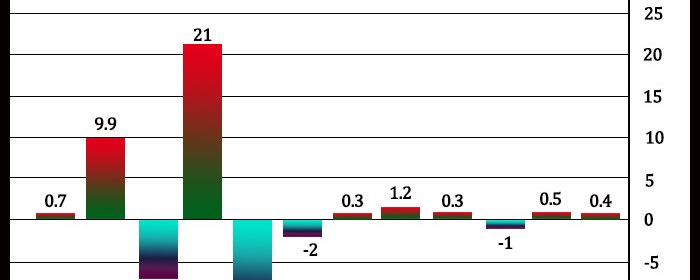U.S. Personal Income, Spending Increase In Line With Estimates In November

The Commerce Department released a report on Thursday showing personal income and spending in the U.S. both increased in line with economist estimates in the month of November.
The report said personal income rose by 0.4 percent in November after climbing by 0.5 percent in October. Economists had expected personal income to rise by 0.4 percent.
Disposable personal income, or personal income less personal current taxes, also rose by 0.4 in November, matching the increase seen in the previous month.
However, excluding price changes, real disposable income dipped by 0.2 percent in November following a 0.3 percent drop in October.
Meanwhile, the Commerce Department said personal spending advanced by 0.6 percent in November after jumping by 1.4 percent in October. The increase in spending also matched expectations.
Real personal spending, which excludes price changes, came in unchanged in November after climbing by 0.7 percent in October.
Andrew Hunter, Senior U.S. Economist at Capital Economics, said the unchanged reading on real personal spending suggests “momentum is fading.”
“With the Omicron-driven surge in virus cases likely to weigh on services spending, that sets the stage for a renewed slowdown in growth going into 2022,” Hunter added.
The report showed personal saving as a percentage of disposable income dipped to 6.9 percent in November from 7.1 percent in October, as spending rose by slightly more than income.
A reading on inflation said to be preferred by the Federal Reserve showed the annual rate of core consumer price growth accelerated to 4.7 percent in November from 4.2 percent in October.
The annual rate of core consumer price growth exceeded the 4.5 percent expected by economists, reaching the highest level since 1989.
Source: Read Full Article
